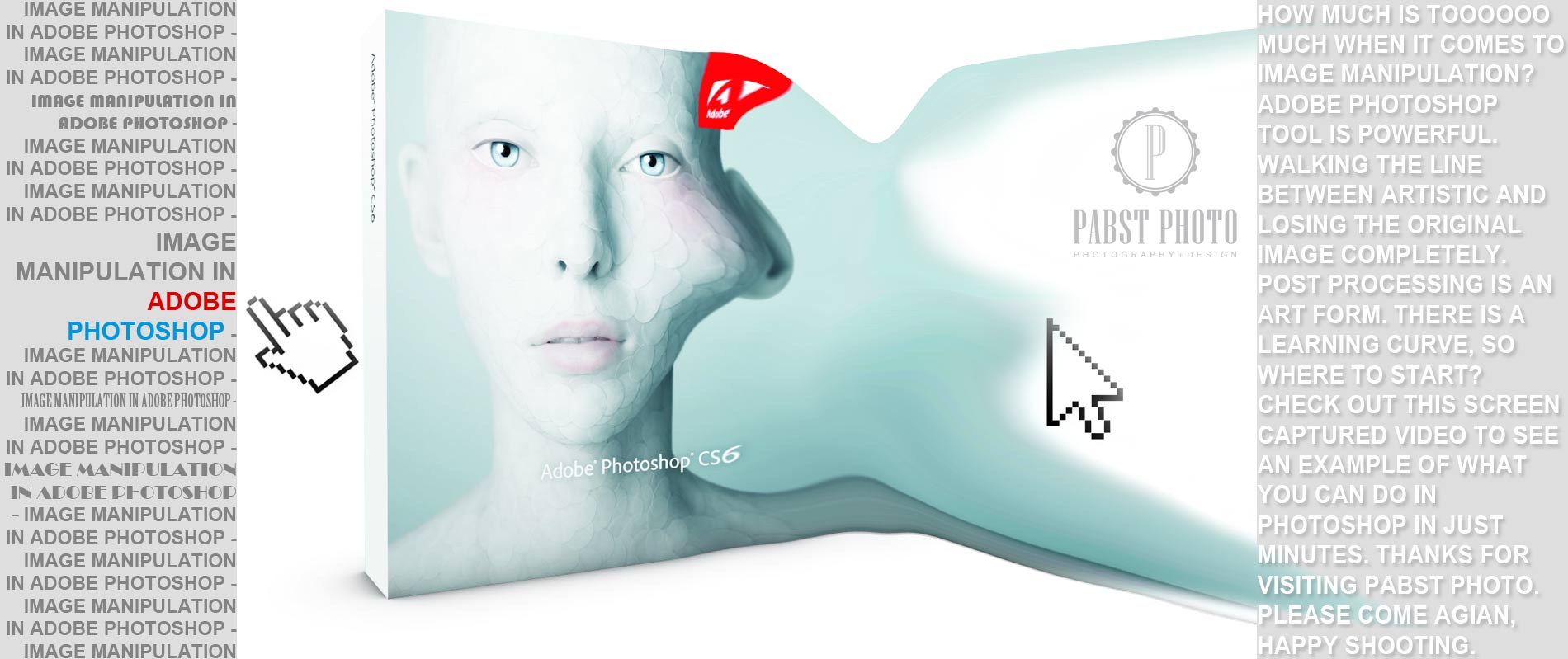Photoshop Image Manipulation | Post-Processing
Photoshop is an extremely valuable and powerful tool for tweaking images. Just about every photographer who shoots digital photography uses Photoshop. It can be used subtly and to excess and both are not hard to do. To do the simple tweaks like brightness and contrast and sharpening, the tool is quite easy. To do intense image manipulation, lighting, masking and more takes great talent, a good eye, and loads of practice. I’m not advocating for or against the extensive use of Photoshop for post-processing your images. This is not a tutorial, but rather a quick showcase of a few images I took in 2010 and digitally reworked into entirely new images just for the heck of it. I really just wanted to show the power of the tool, my handle on it, and some of the things it is capable of in a short amount of time. Each of the three manipulations took approximately 10 minutes and got compressed into about 90 seconds each. Now, again, for the record, we don’t do half, no, a quarter, of this amount of post-processing on images we take on a regular basis. But some clients like to know we can. Maybe there is comfort in knowing that we really can make your images look stunning, even if maybe, they didn’t start that way.
Whether it is females getting air-brushed in magazines or just simple enhancements, people have been arguing about the responsibility of the photographer to keep the image true to its original form for a longtime now. Most photographers agree that the original image can have some post-processing, but just how much is far from settled. Some clients want their images to be touched up, some clients want them left just the way they are.
It’s important to note right here that taking great photographs in the first place is best practice.
Post-processing takes a lot of time; especially if you have hundreds of images. So it goes without saying that the better your photographs look right when you take them the less work they might need when you sit down at the computer. Now, finally, if you have read this far, I thank you. Please leave your comments below; we love to hear from our readers! Please enjoy this video I made of some serious image manipulation–again just for the purposes of exhibiting the power of Adobe Photoshop. Oh, and if you don’t like the music, just mute it. Happy Shooting!
